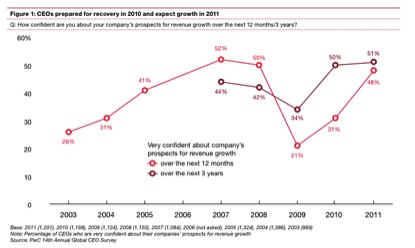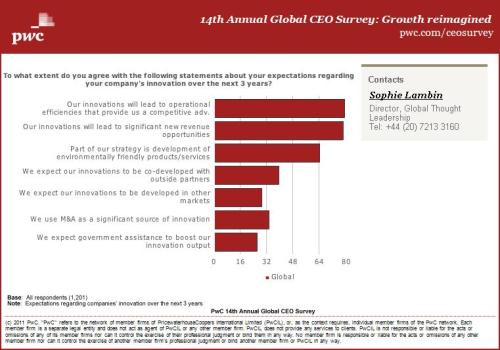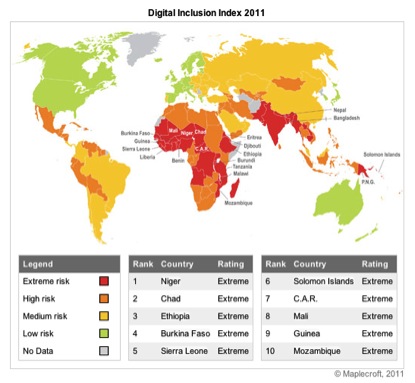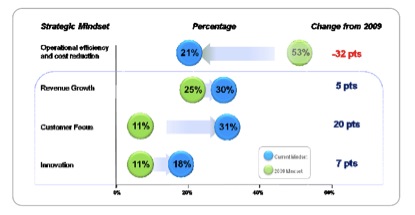There is an excellent report of how collaboration in the workforce powers innovation. I have been unable to track down the orginal article for positing here, but I am going to replay the blog where it is cited, because I find it so interesting and relevant. It comes from HR Magazine http://www.hrmagazine.co.uk.
By 2020 the workplace will be transformed by the sharing and development of ideas, according to a study of 3,500 employees, 100 HR managers and 100 IT managers across the UK, France, Germany, the US and Japan, conducted by the Future Foundation on behalf of Google.
“It will be an ideas and innovation economy rather than knowledge economy,” says Future Foundation account director Judith kleine Holthaus, revealing the study finds an 81% positive correlation between collaboration and innovation across all markets. In the UK employees who are given the opportunity to collaborate at work are nearly twice as likely to have contributed new ideas to their companies.
As collaboration and innovation accelerate, thanks to new enabling technologies, elements of the HR and IT functions will integrate and HR and IT roles will shift as they adjust to the ideas economy. HR will need to ensure employees are motivated to collaborate and innovate, with the study finding that 34% of HR personnel agree they will need to learn new skills to foster a sense of corporate community and a third of chief information officers believing they will take on more responsibility for innovation in the future. Some 44% of HR managers say HR will need to have a better understanding of technology in the future.
“The HR director and IT director will have to come together,” believes Carsten Sørensen, senior lecturer in information systems and innovation at the London School of Economics and Political Science.
“They will have to manage issues such as how to balance IT infrastructure, which produces better functionality and productivity, with collaborative technologies and individualisation. It is inconceivable that the future will not be more forcibly brought about by insight, knowledge and information. Nothing can stop the process of collaboration but mess and contradiction will define the resulting relationships. Organisations are not good at paradoxes.”
In the world of HR this will translate through to the culture of the business, how to incentivise and reward ideas and innovation, where and how work is performed and policies and practices around social networking.
However, the research shows that businesses need to move more quickly to create an environment that encourages innovation. While nearly half of those surveyed believe new technologies will encourage innovation in the next five years and 42% think they will change current business models, one in five employees say there is no process in place for them to contribute ideas to their employer and that their employer does not encourage them to come up with new ideas. Only one in 10 think management will be the source of ideas in the business, with nearly a third thinking other employees will bring innovation.
“The need to innovate quickly is becoming more important to business,” says Robert Whiteside, Google head of enterprise UK, Ireland and Benelux. “But while people are used to collaborating through technology in their personal life, it is more challenging to enable them to do so in business.”
If businesses don’t change, though, they will face the consequences. “Any company that does not optimise innovation will be less likely to exist in five years,” kleine Holthaus warns.







